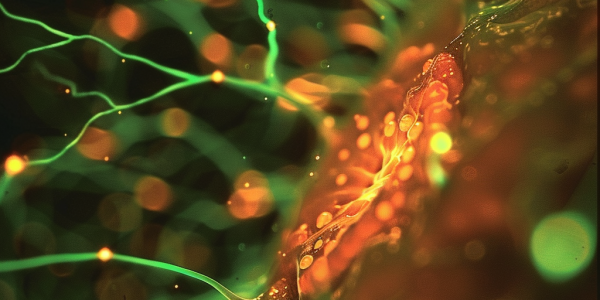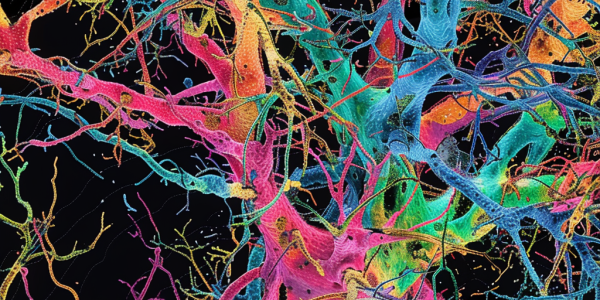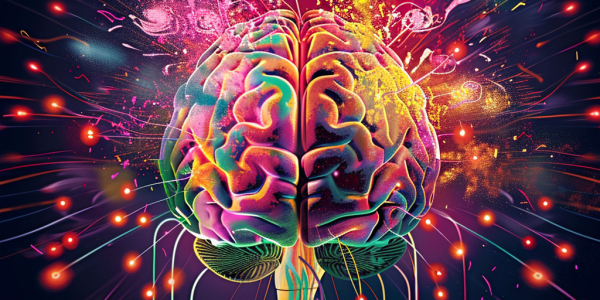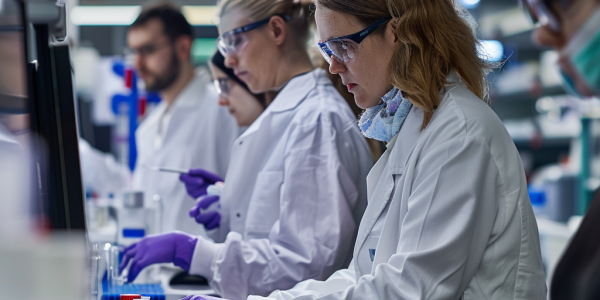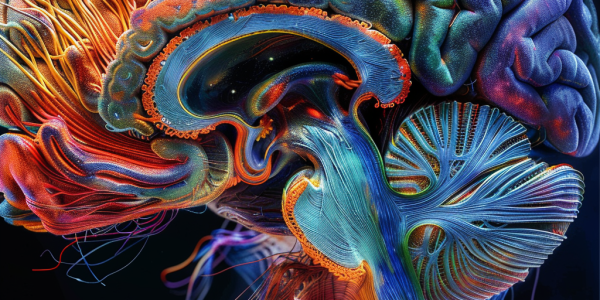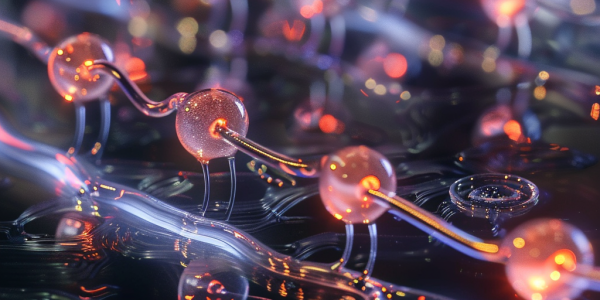New Neuron Discovery Offers Potential Treatments for Diabetic Retinopathy and Stroke
Groundbreaking discovery reveals new type of neuron in the eye that guides the formation of blood vessel networks, potentially leading to new treatments for diabetic retinopathy and stroke. Study by UC San Francisco researchers uncovers how retinal neurons interact with blood vessels to create essential 3-D structures, offering hope for future therapies addressing impaired blood flow in the eyes and brain.
Groundbreaking Discovery in Neuroscience Reveals Unseen Details of Human Brain Structure
Researchers have made a groundbreaking discovery in neuroscience, revealing unseen details of the human brain’s structure using electron microscopy. The study unveiled over 57,000 cells, including neurons, glial cells, and oligodendrocytes, in a cubic millimeter-sized brain tissue sample. This research sheds new light on the intricate connections within the human brain and emphasizes the importance of high-resolution imaging techniques in advancing our understanding of brain structure and function.
The Role of ‘Sharp Wave Ripples’ in Memory Formation
New research in neuroscience reveals the role of ‘sharp wave ripples’ in memory formation, highlighting the importance of rest and sleep. György Buzsáki’s study shows how these electrical bursts in the brain flag experiences for long-term storage, aiding in memory consolidation and formation. Understanding these mechanisms can optimize learning and cognitive function.
University of Sheffield Receives Grant for Motor Neuron Disease Research
The University of Sheffield research team, led by Dr. Ryan West and Dr. Johnathan Cooper-Knock, receives a share of a $5 million fund to investigate the relationship between environmental factors and genes associated with motor neuron disease (MND). With no known cure for MND, this research is crucial for developing preventive strategies and treatment options. Tambourine Philanthropies’ grant supports eight global research teams, with Sheffield being the sole UK recipient, highlighting the significance of their work. By exploring how environmental factors interact with MND susceptibility genes, the team aims to uncover the disease’s origins and potentially identify ways to mitigate its impact, emphasizing the importance of international cooperation in tackling complex medical challenges.
Groundbreaking Discovery in Brain Wiring Diagram Revealed
Scientists from Harvard University and Google have made a groundbreaking discovery by reconstructing a detailed wiring diagram of a small piece of brain tissue, shedding light on the intricate neural connections within the brain. This research, focused on a tiny cubic millimeter of brain tissue, revealed 57,000 individual cells, 150 million neural connections, and 23 centimeters of blood vessels. By utilizing advanced technology and machine-learning algorithms, the researchers delved into the nanoscale details of the brain’s structure, generating a massive 1.4 petabytes of data. This study represents a significant leap forward in understanding the complexities of the human brain.
The Link Between Exercise, Muscle Function, and Brain Health
Discover the significant link between exercise, muscle function, and brain health in a recent study. Learn how neurons influence muscle secretions, the impact of glutamate on muscle activation, and the implications for aging and neuromuscular health. Find out how exercise-induced muscle secretions enhance brain function and the importance of maintaining the brain-nerve-muscle loop for overall well-being.
Nano-Scale Vision Implant Offers Hope for the Blind
The groundbreaking development of a nano-scale vision implant offers new hope for the blind, featuring ultra-small electrodes for enhanced visual perception. Utilizing a conducting polymer for longevity, the implant shows promising results in preclinical trials. Lead researcher Maria Asplund explains the implant’s functionality in creating a pixelated image, paving the way for future iterations with thousands of electrodes. This innovation marks a significant advancement in visual neuroscience, promising enhanced visual perception for the visually impaired.
Advancements in Neuroscience: Unraveling the Mysteries of Brain Plasticity and Connectomics
Discover the groundbreaking advancements in neuroscience that are revolutionizing our understanding of the brain and its potential. Learn about brain plasticity and its types, including synaptic plasticity, structural plasticity, and neurogenesis. Explore the field of connectomics and how it is mapping neural networks to provide insights into neurological and psychiatric disorders.
New RNA Alteration Treatment Strategy Shows Promise for Neuroblastoma Patients
A recent study from the University of Chicago reveals a new treatment strategy for neuroblastoma, focusing on RNA alterations associated with the condition. By blocking proteins that modify RNA transcripts, researchers have successfully inhibited the proliferation of neuroblastoma cells and tumors in mouse models. This innovative approach could revolutionize the treatment of high-risk neuroblastoma patients, offering hope for improved outcomes and reduced toxicities.
Researchers Create Artificial Synapse Using Water and Salt, Mimicking Human Brain Medium
Researchers at Utrecht University and Sogang University have made a groundbreaking discovery in neuromorphic computing by creating an artificial synapse that operates using water and salt, mimicking the human brain’s medium. This innovative approach showcases the potential for more efficient and brain-like computer systems, paving the way for advancements in artificial intelligence and cognitive computing.

